Pets and Animal
Decoding What the Heckin Dog: A Complete Guide
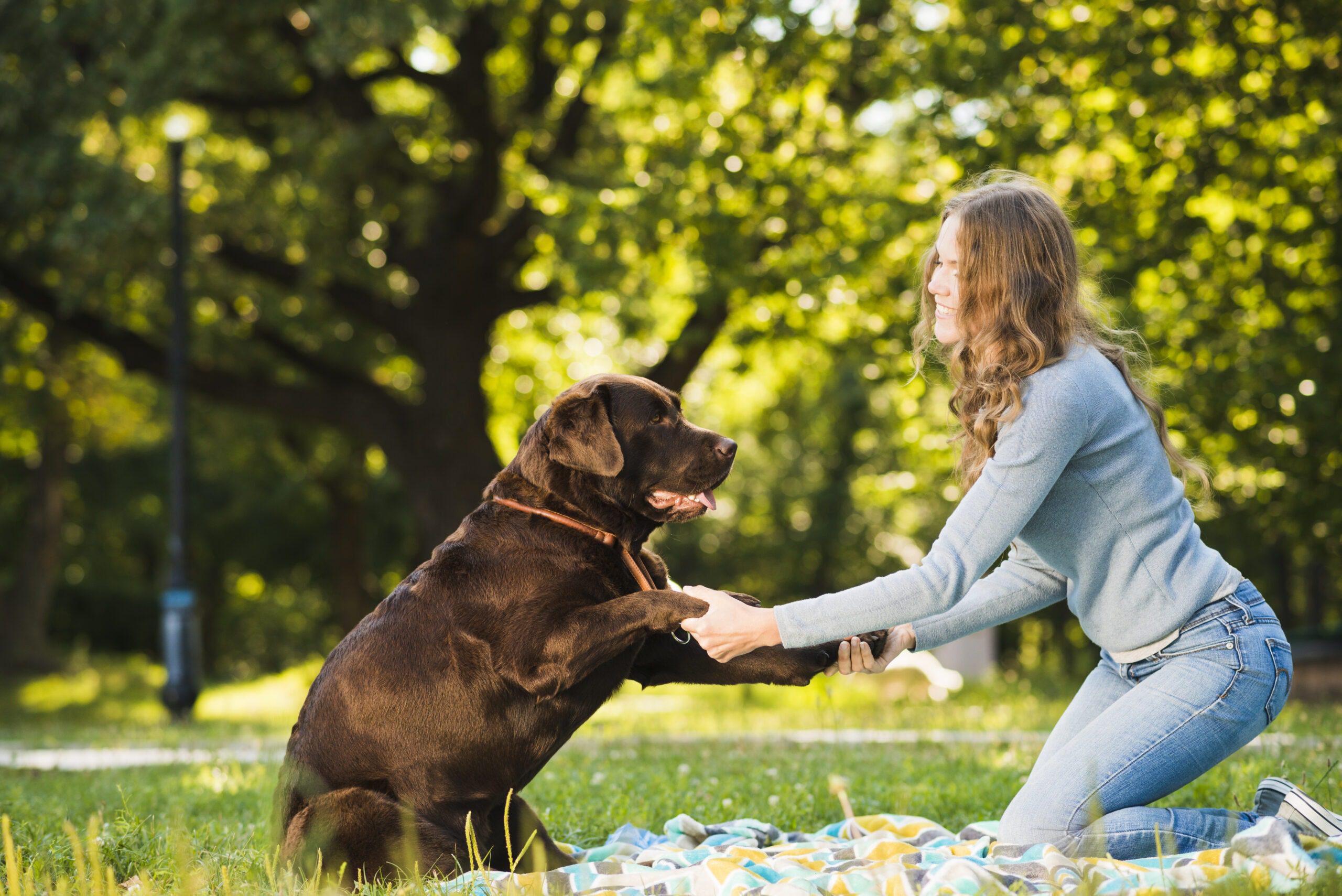
understanding What the Heckin Dog and deepening your bond with your pet through decoding vocalizations and body language.
Introduction:
In the world of dog ownership, there’s a phrase that’s been gaining traction: “What the Heckin Dog. Obviously, I am sure you are going.” Shut up. Is it a very playful expression? Or is it a style of communication that is quite deeper when it comes to the way our body language does it? By reading this detailed article, you’ll master the principles of canine communication, getting to the root of the rhetoric behind ‘What the Heckin Dog’ and becoming more acquainted with your furry friend.
Understanding Different Types of Dog Barks:
With barking as the main sign of dogs’ dialogue, not every bark is cues the same. Through the recognition of the types of barks, you can identify the state of mind of the dog, and, hence, the needs in reacting to them.
Alert Barks:
- Description: Such acute, sharp barks can be traced by brief sound full marks in in between each bark.
- Meaning: Implies a purposeful caution either from an outside threat or an intrusion within its territory. This alerting sound helps to increase awareness: both the dog owner and nearby dogs get warned in case.
Playful Barks:
- Description: A happy little voice, sounds like he couldn’t wait to tell you all about his day
- Meaning: It demonstrates happiness, exuberance, and readiness for interaction, whether to play or socialize. Dogs often exhibit this behavior during play sessions with other dogs or when anticipating fun activities with their owner.
Fearful Barks:
- Description: A low, fearful and anxious bark, often accompanied by fear signs and tearing, for instance – the animal may cower or tremble.
- Meaning: Demonstrates anxiety, apprehension or panic accordingly. It is essential to address the source of the difficulty for such dogs or he would fail to make the dog feel differently.
Facial Expressions and Eye Contact in Dogs:
Faces, eye-to-eye contact, and expressions are communication tools not only for humans but also for dogs as one can see a range of different emotions and intentions through them. Noticing these tiny details will help you to understand your dogs moods better and build a great friendship relationships since you will now be able to exchange emotions and thoughts.
1. Facial Expressions:
- Relaxed Face: Eyes of gentle realm are half closed, they also have relaxed mouth and ears with neutral position mean that state is satisfied and calm.
- Tense Face: Unwrinkled brow, narrowed eyes, and partially open lips implied tension, anxiety, and displeasure.
- Submissive Face: Settled eyes, bent head, and pressed ears lets you know that the creature perceives the situation around him or her as something dominating, not managing.
2. Eye Contact:
- Friendly Eye Contact: Endeavoring focused, soft eye contact alongside a calm facial and a smile are great indicators of recognition, affection, and ultimately intimacy.
- Assertive Eye Contact: Protracted gaze fixed on eyebrows lifted high and the body’s rigidness signifies prestige or a provocation of control.
- Avoidant Eye Contact: Staring directly into the eyes, or by looking down or away, the eyes show such things as submission, fear or discomfort by the person.
Deciphering the ‘What the Heckin Dog’ Phenomenon:
Therefore, one elementary question naturally follows why does our dog bark “roll over”. It might be because of many reasons, which cover getting to a new surfaced area or sensing some sign, for instance, an especially attractive smell. Sometimes, an exclamation of ‘What the Heckin Dog?’ is meant to convey their pet’s eagerness or state of perplexity at the time. Through the use of body language, facial expressions and vocal expressions we can indeed understand the kind of message the individuals send out to us.
Tips for Responding to ‘What the Heckin Dog’:
- React Non-Judgmentally: These kinds of situations can be responded stimulatively if the handler keeps one eye on the negative and the other on the soothing side. Let’s the circumstances well with openness and readiness for understanding.
- Stay Calm and Kind: Divide pixels of the utmost fineness and smoothness. Do not make any negative reactions, instead, stay calm even with critical behavior.
- Listen Attentively: Target a listening mode on doggy voice communication as a way of understanding what your dog is trying to talk about. Watch the signals they give and do not miss a single clue.
- Provide Comfort: Make your surroundings friendly and loving for your dog by talking to them and cuddling them. Address those concerns that they might have or possibly satisfy the needs they might have.
- Offer Empathy: In this case, you can either be sympathetic with your dog’s feelings or not. But in any case show how you feel with empathy. Moreover, it is essential to comfort them and acknowledge their emotions, in this manner, you will strengthen the emotional connection with your furry friend.
Conclusion:
In dog ownership, while we all may have a favorite way of relating to our pets, Effective communication is the key to creating a long-term strong bond that will live on after the initial years and months of training. Through solving “What the Heckin Dog” and figuring out their specific language that mirrors our emotions, too, we could reach a higher level of understanding of their needs. Hence when you will listen to this music from time to time, make an effort to stop at the switch point, view, and connect intimately with your dog at a more emotional level.
You may like this post 🙂
7 Day Juice Fast Weight Loss Results: Expectations & Strategies

Pets and Animal
German Blue Ram A Colorful Addition to Your Aquarium

The German Blue Ram scientifically known as Mikrogeophagus ramirezi, is a favorite among fish enthusiasts due to its dazzling colors and peaceful demeanor. Native to the warm, slow-moving rivers of South America, particularly in Venezuela and Colombia, this small cichlid is a true gem in freshwater aquariums. With its glowing blue body, vibrant yellow hues, and unique patterns, the German Blue Ram can become the centerpiece of your tank. While they do require a bit of care, their stunning appearance and intriguing behavior make them a rewarding choice for aquarists.
Understanding the German Blue Ram
German Blue Rams are small, growing to about 2 to 2.5 inches (5 to 6 cm) in size. Males are often more brightly colored, with orange highlights on their heads and fins, while females are rounder and develop a pinkish hue on their bellies, especially during breeding. These fish are peaceful and can coexist with many other species, making them suitable for community tanks. However, their sensitivity to water conditions means they need attentive care to thrive.
Ideal Tank Setup for German Blue Rams
Creating a comfortable habitat for German Blue Rams involves mimicking their natural environment. Here’s how to set up their tank:
- Tank Size:
A 20-gallon tank is ideal for a pair of Rams. If you plan to keep them with other fish, consider a larger tank to provide enough space and reduce stress. - Water Parameters:
Rams thrive in soft, slightly acidic water with stable conditions:- Temperature: 78°F to 84°F (25°C to 29°C)
- pH: 6.0 to 7.0
- Hardness: 3 to 8 dGH
Consistency is key, as sudden changes can stress the fish and make them prone to illness.
- Filtration and Flow:
Use a gentle filter to maintain clean water without creating strong currents. Rams prefer calm waters and can be stressed by too much water movement. - Substrate and Decor:
A sand or fine-gravel substrate works best, as Rams enjoy foraging at the bottom. Add live plants like Amazon swords, Anubias, or Java ferns to provide hiding spots. Driftwood and smooth rocks also help replicate their natural habitat.
Feeding Your German Blue Ram
German Blue Rams are omnivores and need a balanced diet to stay healthy and vibrant. Offer them a variety of high-quality foods, including:
- Flakes or pellets formulated for cichlids.
- Live or frozen foods, such as brine shrimp, daphnia, and bloodworms, to mimic their natural diet and enhance their colors.
- Blanched vegetables, like spinach or zucchini, for added fiber and nutrients.
Feed small portions two to three times a day and remove uneaten food to keep the water clean. Avoid overfeeding, as Rams are prone to health issues related to overeating.
Tank Mates for German Blue Rams
German Blue Rams are peaceful fish and do well with other calm species. Suitable tank mates include:
- Tetras: Neon Tetras, Ember Tetras, or Cardinal Tetras, which are non-aggressive and share similar water requirements.
- Rasboras: Harlequin or Lambchop Rasboras are excellent companions due to their peaceful nature.
- Corydoras Catfish: These bottom-dwelling fish coexist well with Rams and help keep the substrate clean.
Avoid housing Rams with aggressive or fin-nipping species, as they can stress or harm these sensitive fish.
Breeding German Blue Rams
Breeding German Blue Rams can be a fulfilling experience. These fish form monogamous pairs, and with the right conditions, they readily spawn in home aquariums. Follow these steps to encourage successful breeding:
- Setup:
Create a separate breeding tank with soft, slightly acidic water and a stable temperature around 80°F (27°C). Include flat surfaces, such as rocks or broad leaves, for the female to lay her eggs. - Conditioning:
Feed the pair a high-protein diet, including live or frozen foods, to prepare them for breeding. - Spawning Behavior:
The female will lay eggs on a chosen surface, and the male will fertilize them. Both parents guard the eggs and fry, fanning them to keep them oxygenated. - Caring for Fry:
Once the fry are free-swimming, feed them finely crushed flakes or specialized fry food. Maintain excellent water quality and monitor their growth closely.
Health and Common Issues
While German Blue Rams are hardy, their sensitivity to water conditions makes them vulnerable to certain illnesses. Common health concerns include:
- Ich (White Spot Disease): Appears as tiny white spots on the body and fins. Treat with aquarium salt or over-the-counter remedies.
- Fin Rot: Caused by poor water quality or injuries. Prevent it by keeping the tank clean and avoiding sharp decorations.
- Swim Bladder Problems: Linked to overfeeding or water quality issues. Feed sparingly and maintain consistent tank conditions to avoid this problem.
Preventing Stress in German Blue Rams
Stress is a significant factor that can lead to health problems in German Blue Rams. To minimize stress:
- Keep water conditions stable and within their preferred range.
- Provide plenty of hiding places, as Rams feel more secure when they have shelter.
- Avoid sudden changes in the tank environment, such as large water changes or adding aggressive tank mates.
Why Choose German Blue Rams for Your Aquarium?
German Blue Rams are more than just beautiful fish—they’re also fascinating to watch. Their peaceful nature, intricate mating rituals, and vibrant colors make them a standout addition to any freshwater tank. While they do require specific care and attention, the effort is well worth it.
If you’re ready to welcome German Blue Rams into your aquarium, start by ensuring their environment meets their needs. By providing the right conditions, a balanced diet, and plenty of care, you can enjoy the beauty and charm of these amazing fish for years to come.
Final Thoughts
German Blue Rams are a delightful choice for aquarists of all levels. With their striking appearance and interesting behaviors, they bring life and color to any aquarium. Whether you’re a beginner or a seasoned fish keeper, these fish are sure to capture your heart and become a cherished part of your aquatic family.
Pets and Animal
Exploring German Shepherd Coat Types: A Complete Guide
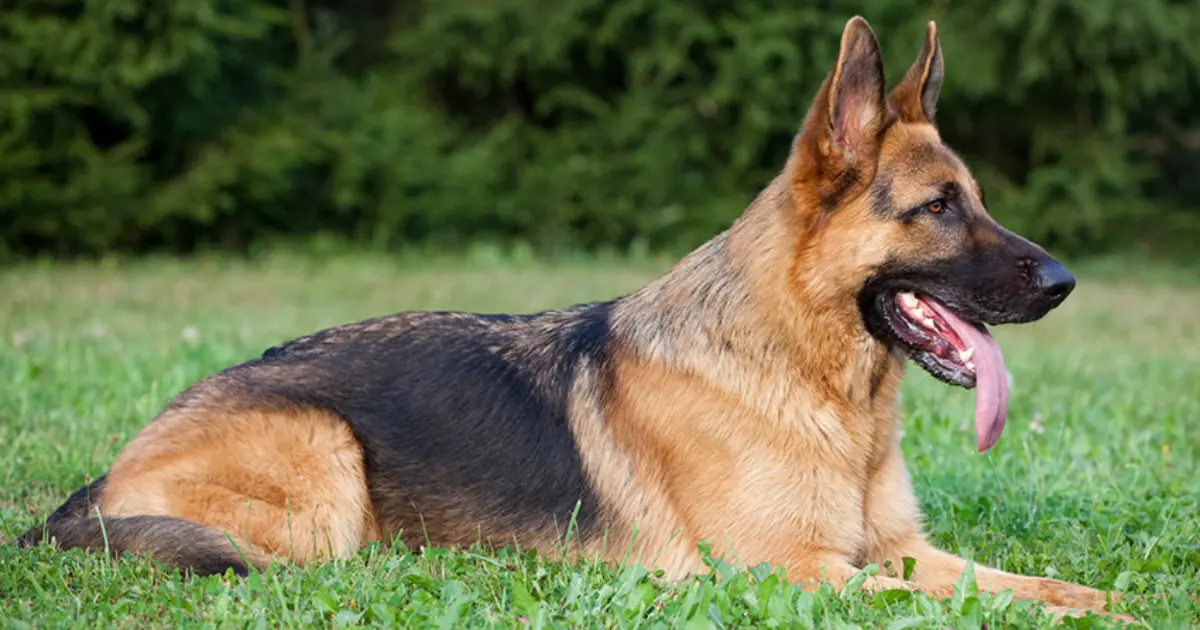
The German Shepherd is one of the most famous dog breeds all over the world due to its high intelligence, bat, and obedience. Another subject of interest in these dogs is the coat which is diverse in quality, structure, and colors. This analysis will help the potential owners and the fans of German Shepherds to better comprehend the topic and to be more attentive to these wonderful animals. Here, we explain the unique German Shepherd coats that exist and the specific care requirements for each of them.
Introduction
German Shepherds primarily have two coat types: The two recognized coats are short featured coat or stock coat and the long featured coat or long stock coat. Caring and size differ from breed to breed as based on the types of coats enumerated earlier in this list. However, under these classes of long and short coated types the fur differs in the look and shades seen within each breed.
1. Short-Haired German Shepherd (Stock Coat)
Most typical of the German Shepherd breed is the short-haired or stock coat so commonly associated with the breed. Here are some of the characteristics of this coat type that make the coat popular and useful.
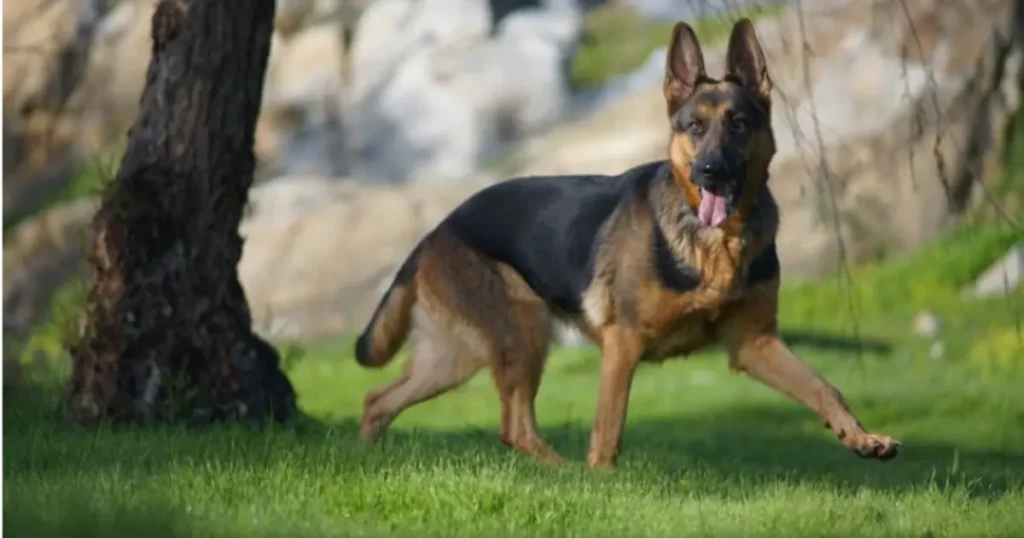
-
Characteristics of the Short-Haired German Shepherd Coat
The short haired German Shepherd particularly has a smooth, dense coat with the stiff straight hairs standing off of its skin to prevent the accumulation of dust and water. It bears a dense undercoat layer that insulates it in both cold and in the hot seasons.
-
Grooming Needs for Short-Haired German Shepherds
Regular grooming is essential for a short-haired German Shepherd coat health and appearance. Weekly brushing removes loose hair and prevents matting. They had their coats all through the year though the molting was more rife during the spring and autumn seasons. Wash only on special occasions, take bath every 2- 3 months, so that the promotion of natural oils does not accentuate skin dryness.
2. Long-Haired German Shepherd (Long Stock Coat)
Long-haired German Shepherd is less common but it looks stunning. This appears as a separate coat type with specifics, grooming needs that set it apart from short haired coats.
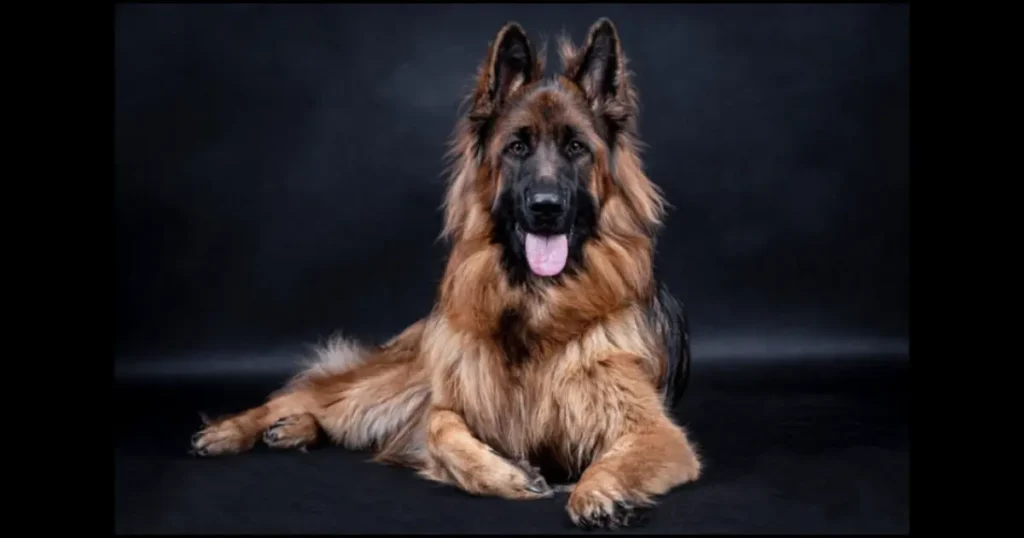
-
Characteristics of the Long-Haired German Shepherd Coat
The basic stock German Shepherd coat is smoother than the long-haired fur, which can also have feathers on limbs, ears, and tail. It has wavy to straight hair texture making its appearance of the breed even more desirable. Some breeds have thick undercoats that require a strict combing to avoid getting tangled while they retain the specific looks.
-
Grooming Needs for Long-Haired German Shepherds
Long-haired German Shepherds need daily brushing to avoid matting and maintain a healthy coat. They always molt but they do so intensely during the changes of seasons. Bath the dog every 2-3 months using the product such as dog shampoo and dry the coat well to avoid skin conditions and maintain the health of the German Shepherd coat.
Coat Color Variations in German Shepherds
German Shepherds come in a variety of coat colors, adding to their appeal. Common variations include:
- Black and Tan: Classic look with black saddle and tan or reddish-brown markings.
- Black and Red: Similar to black and tan, but with the richer, redder markings. Popular in show lines.
- Sable: Each hair has multiple colors, giving a wolf-like appearance. Color ranges from light gray to dark black.
- Solid Black: Entirely black coat, striking and uniform. Available in both short and long-haired types.
- White: Pure white coat due to a recessive gene, not recognized by some breed standards but admired for its beauty.
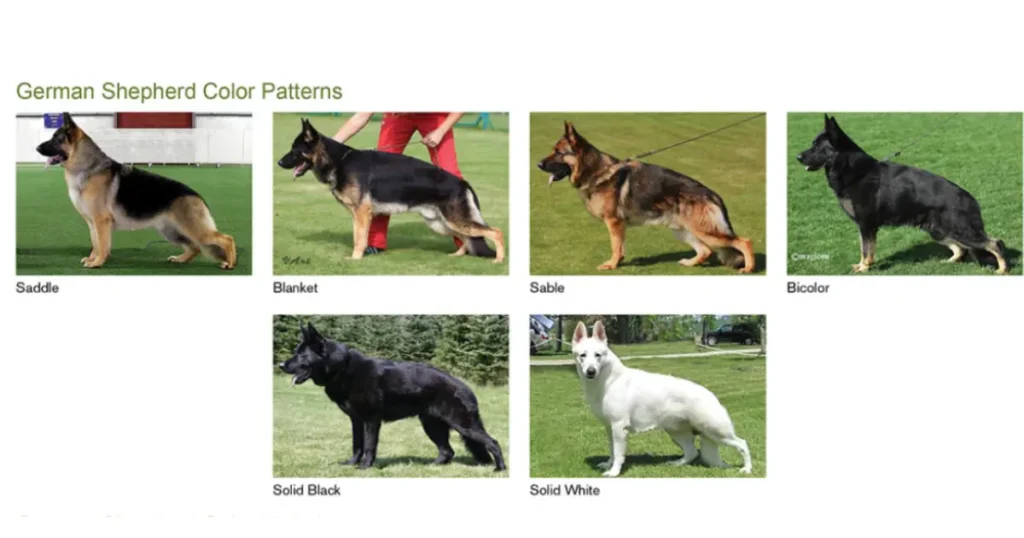
Caring for Your German Shepherd Coat
Proper care of a German Shepherd Coat is important to maintain its health and appearance. Here are some general tips for coat care:
Regular Brushing
Regular brushing is important for all German Shepherds. Short-haired German Shepherds want brushing as soon as a week. Long-haired German Shepherds require each day combing to save tangles and mats. Use a slicker brush to remove loose hair and a comb for untangling.
Bathing
Bathing your German Shepherd each 2-3 months helps maintain coat cleanliness and health. Using a dog-specific shampoo can keep away from skin infection and dryness. It is essential to ensure the coat is completely dried after bathing, particularly for long-haired German Shepherds, to save you skin troubles.
Shedding Management
German Shepherds shed year-round, with heavier shedding durations in spring and fall. Regular brushing can assist in managing shedding, While brushing day by day can assist in losing, more steps which include vacuuming your home greater frequently may be powerful as properly. This is basically genuine, feeding the pet a terrific food containing Omega-3 fatty acids will assist limit excessive coat losing.
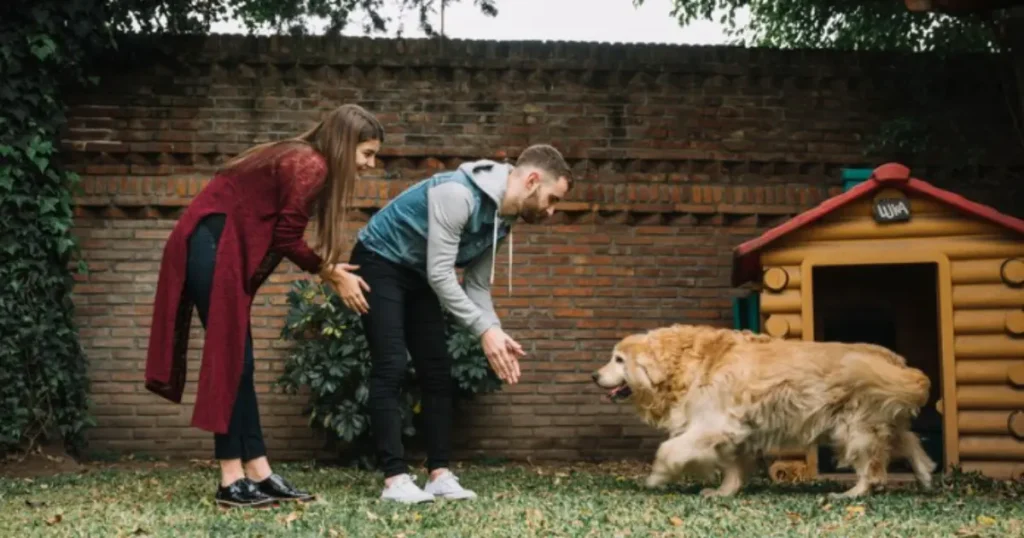
Common Coat Issues and Solutions
German Shepherds, like all dogs, can experience coat and skin issues. Here are some common problem and their solutions:
Dry Skin and Dandruff
Dry skin and dandruff can result from poor diet, low humidity, or excessive bathing. Improving the dog’s diet with top notch food and adding supplements like fish oil can help assist these problems. Avoiding over-bathing as well as using moisturizing canine shampoo.
Hot Spots
Hot spots are bacterial infections caused by scratching or licking. Keeping the affected area clean and dry is vital. Consult a veterinarian for the correct treatment, which may additionally consist of topical medications or antibiotics.
Matting
Matting is a common difficulty, especially for long-haired German Shepherds, and outcomes from neglecting ordinary grooming. Regular brushing and grooming can prevent and resolve matting problems, ensuring the coat remains healthful and attractive.
Conclusion
It is essential to recognize German Shepherd coat kinds. Short-haired and long-haired cats range in their care needs with the intention to remain wholesome and beautiful. Grooming makes your German Shepherd be in proper fitness and also helps you revel in having this form of dog.
FAQs
How many types of coats are there in a German Shepherd?
German Shepherds have two main coat types: short-haired (stock coat) and long-haired (long stock coat).
What type of fur does a German Shepherd have?
German Shepherds have double coats with a dense undercoat and a layer of coarse guard hairs.
Do all German Shepherds have 2 coats?
Yes, all German Shepherds typically have double coats, providing insulation and protection.
What is the rarest German Shepherd coat?
The rarest German Shepherd coat color is the solid white, due to a recessive gene.
Pets and Animal
Top Pet Birds That Talk: Your Guide to Chatty Companions
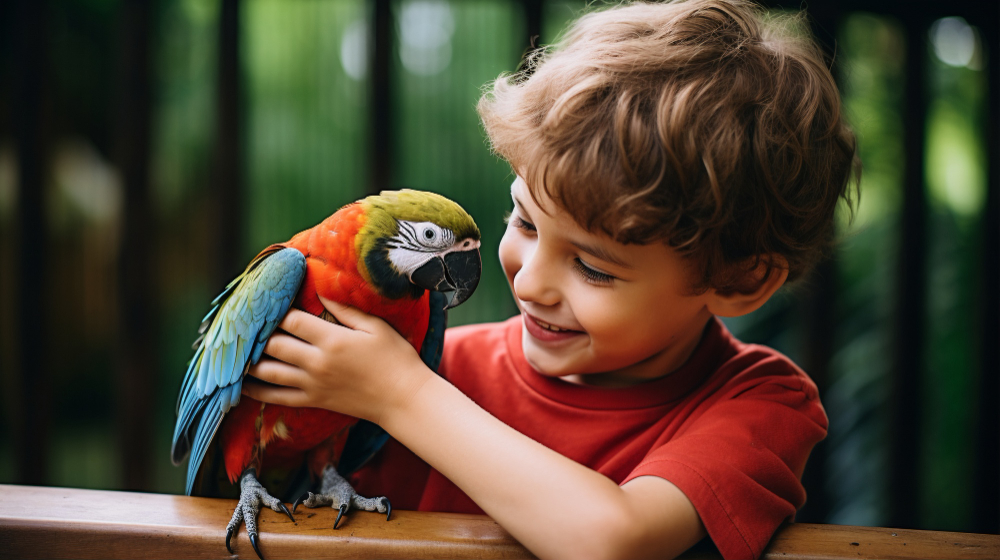
Discover the best pet birds that talk! Find your perfect chatty companion and learn how to care for and train them.
Do you ever wish you had a chatty companion of the feathered variety? Owning a talking pet bird can add so much more to your life of joy and entertainment. Well there are a lot of species of birds, so which of these birds are most likely to mimic human speech?
African Grey Parrot:
The undoubted champ of the talking bird kingdom, the African Grey Parrot can learn a shocking vocabulary of over 1,000 words! These intelligent birds can even recognize the meaning behind some words. However, their challenging nature and long lifespan (up to 23 years) make them a commitment for experienced owners.
Indian Ringneck Parakeet:
Distinctive green with a long tail, this parrot is excellent at mimicking sound, whistles, and even words. Although they sound different and have noticeably higher-pitched voices, Indian Ringnecks are able to mimic up to 250 words and stand out for their playful character.
Cheap Pet Bird Solution:
Budgerigar (Parakeet) The little budgie is among the most popular pet birds in the world, mainly because of how…. As it turns out, these adorable birds are quite good at talking, like, surprisingly good when hand-fed and trained from an early age. They have all the personality and options of speaking a lot of words and phrases that make them common with new and experienced bird owners.
Quaker Parakeet:
Quakers never shut up, and might warble, chirrup, shriek, and cluck data any time of the day and might learn to mimic any speech.
Beyond the Usual Suspects:
Cockatiel:
While not all cockatiels talk, some can learn a surprising number of words and phrases. These fascinating birds are very friendly; they are beautiful to listen to and they are very gentle making them excellent home companions.
Amazon Parrots:
The most popular and relatively easy to maintain Amazon parrot species include the double-yellow headed Amazon which, when matured, can be quite vigorous with its squawking. These are very smart birds and are very active and need a lot of interaction as well as mental stimulation and effort is needed, they can even mimic human speech and people can bond with them deeply making them very companionable pets.
Important Deliberations:
This should be done with the understanding that most birds in a given species will not be able to mimic and some might only be able to repeat only a few phrases, even if trained properly. Some experts have categorized talking skill as the global skill that is influenced through personality, request to signal, and training.
Having birds as pets is a long term decision you are making. These animals require individual attention and proper treatment, namely proper supply of oxygen, balanced diet, and appropriate exercises for their minds. Before adopting any feathered friend, ensure that you can be in a position to feed him or her at a particular time.
Ready to Find Pet Birds That Talk?
Alternatively, any of these could make for an ideal companion for those who want a chatty, cute bird. The specifics of each bird species should also be looked into to make sure would would be able to give them a home that will surely inspire them. Yet, if you give it proper care and teaching, you’ll be amazed at just how fluent your new companion, the pet bird, might be.
-

 Health10 months ago
Health10 months agoDiscover ://vital-mag.net Blog: Expert Tips for Total Wellness
-

 Business11 months ago
Business11 months agoTikTok Affiliate Marketing | A Complete Guide for Marketers and Creators |
-

 Home and Gardening11 months ago
Home and Gardening11 months agoSunset Gardens Apartments: Complete Guide
-

 Health11 months ago
Health11 months ago7 Day Juice Fast Weight Loss Results: Expectations & Strategies
-

 Life style11 months ago
Life style11 months agoWhy i stopped eyelash extensions?
-

 Business11 months ago
Business11 months agoSecret Strategies of Competent Trading Companies
-

 Business11 months ago
Business11 months agoExploring the Social Media App Banality of Life
-

 entertainment11 months ago
entertainment11 months agoSWGoH Webstore: Improving Player Experience